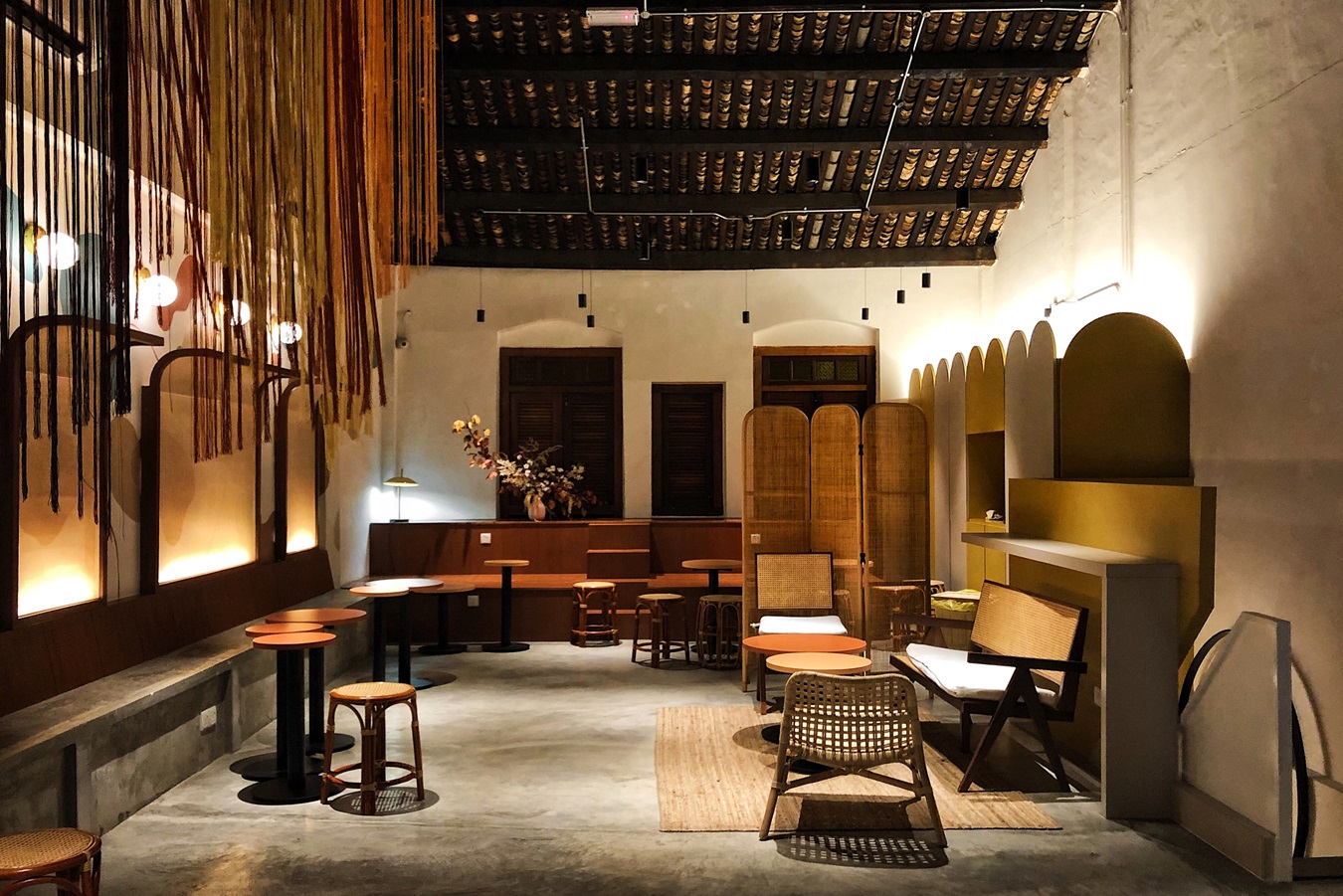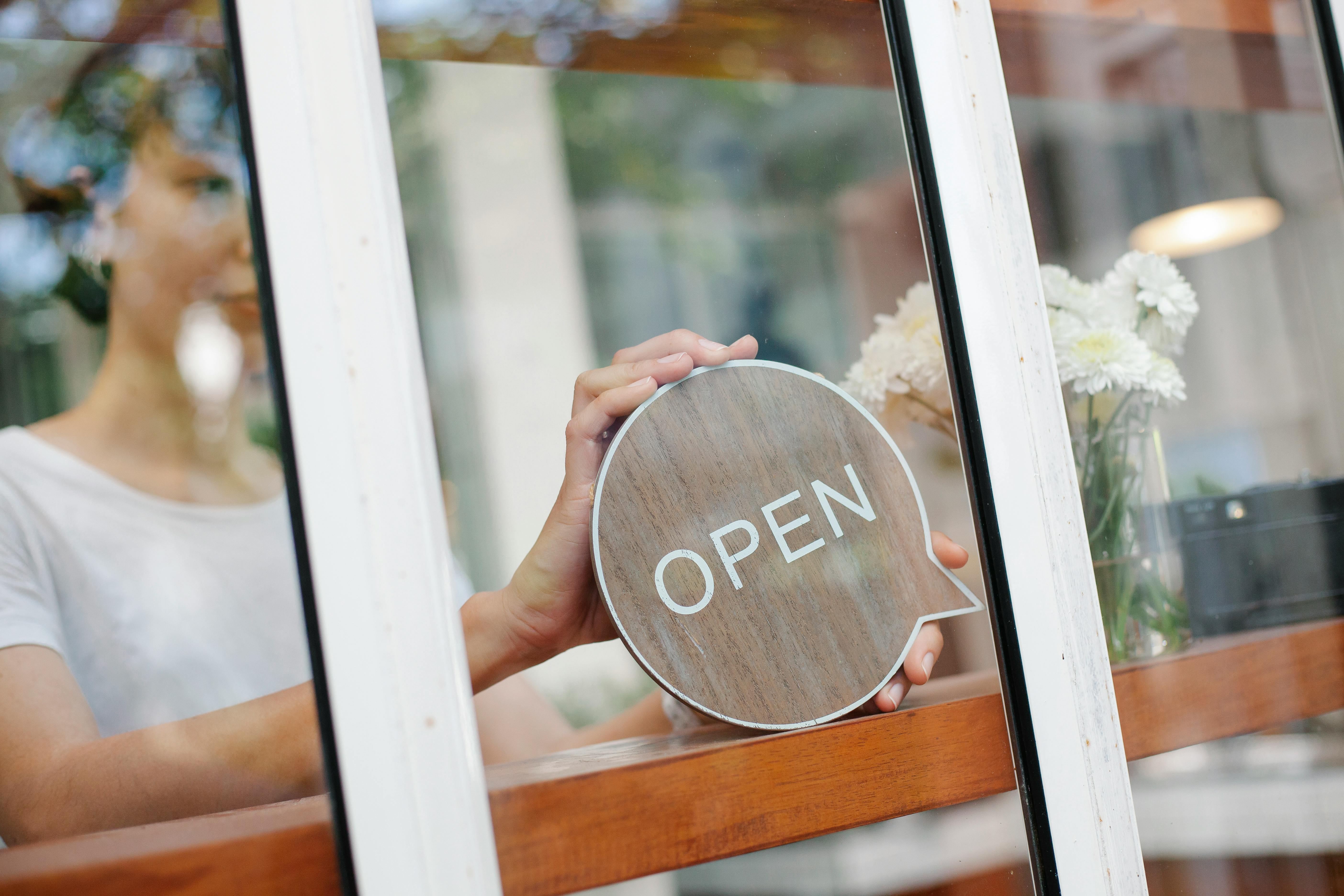 SHARE
SHARE
Busy Restaurant, Thin Profit? Unpack 11 Fatal Pricing Mistakes That Make Your Restaurant Lose Money
Febbi S
Imagine you open a ramen restaurant. At first, you feel that a price of Rp45,000 is appropriate.
However, after a year, the cost of ingredients increases while the selling price stays the same. As a result, even though the restaurant is crowded, your profit margin thins out and nearly disappears.
Or you run a “Buy 1 Get 1” promo every week. It’s crowded at first. But over time, customers only want to come when there’s a promo. When there isn’t one, the restaurant becomes quiet.
These two examples show that the wrong pricing strategy can make a F&B business lose money, even if it looks busy.
Why Can Pricing Become a Trap?
Before discussing the 11 common mistakes, it’s important to understand why pricing often becomes a problem:
- Price has a direct impact on sales. Small increases or decreases can have a big effect on profit margins
- Price shapes brand perception. Prices that are too low can damage the brand image, while prices that are too high can drive customers away
- Price is dynamic. Unlike elements such as a restaurant’s interior design, prices need to be adjusted periodically in line with costs, trends, and customers’ purchasing power.
In short, pricing isn’t just about “cheap or expensive,” but about how the price strengthens the brand and sustains the business.
If you feel it’s difficult to manage pricing systems and operations consistently, try joining Foodizz’s Offline Class on Culinary Business Operations to learn how pricing integrates with HR management so outlet operations remain healthy.
11 Fatal Mistakes in Setting Prices
1. Forgetting to Calculate HPP (Cost of Goods Sold, COGS)
Many business owners set prices without understanding raw material and operational costs.
Example: An ayam geprek stall sells a portion for Rp15,000. But after calculation, production cost is Rp14,000.
This means profit is only Rp1,000 per portion—certainly not enough to cover rent and staff salaries.
2. Not Doing Market Research
Prices are set without considering consumers’ purchasing power.
Example: A steak restaurant in Jogja sets Rp80,000 per portion, even though the target customers are students. As a result, the restaurant is quiet.
3. Giving Discounts Too Often
Source: Canva
Discounts that are too frequent make customers come only when there’s a promo.
Example: A coffee shop routinely offers “Buy 1 Get 1.” When the promo stops, revenue drops sharply.
4. Copying Competitors’ Prices Without Analysis
Following a competitor’s price without considering your own cost structure.
Example: A small sushi restaurant copies Sushi Tei’s prices, even though its production costs are higher. As a result, margins are too thin and the business doesn’t last long.
5. No Bundling Price or Upselling Price Strategy
Menu items are sold only individually with no package offers.
Example: A burger is Rp25,000 and a drink is Rp10,000. If bundled at Rp30,000, customers feel it’s better value and the transaction value increases.
Baca juga: Mispricing Can Cost You Money! Know the 4 Key Factors in Setting Your Restaurant Menu Prices
6. Not Adjusting Prices Periodically
Source: Canva
Selling prices stay the same even though ingredient costs increase.
Example: A ramen restaurant keeps the price at Rp45,000 since 2019, even though imported ingredients have risen 30%. Profit margins shrink drastically.
7. Engaging in a Price War Without a Strategy
Lowering prices just to attract more customers.
Example: Two ayam geprek stalls in the same location undercut each other from Rp20,000 to Rp15,000. In the end, both lose money.
8. Unclear Promotion Communication
Customers feel deceived because promo information is incomplete.
Example: A fast-food restaurant advertises “Buy 1 Get 1 Burger” without clear details such as promo time limits.
Customers are disappointed when they can’t claim it and leave bad reviews.
9. Inconsistent Prices Across Locations
Price differences without a clear explanation.
Example: Coffee costs Rp25,000 in a mall, while in a residential area it’s only Rp20,000. Customers get confused and question price fairness.
10. Ignoring Customer Feedback
Source: Canva
Not responding to complaints or criticism about price.
Example: A bakmi restaurant raises prices by Rp5,000 without added value. Customers are disappointed and switch to competitors.
11. Assuming Cheap Prices Are Always Profitable
High customer volume doesn’t necessarily translate to profit if margins are too small.
Example: An AYCE (all-you-can-eat) restaurant lowers the price to Rp99,000. Visitors increase, but operating costs aren’t covered. The business lasts only six months.
Brief Case Studies
- Excessive discounts: A coffee shop is busy only when promos run
- Prices not adjusted: A ramen restaurant loses money because costs rise while prices stay the same
- Price war: Two ayam geprek stalls both lose money due to undercutting
- Poor promo communication: A fast-food restaurant gets negative reviews because promo terms are unclear.
If you’re already at the stage of wanting to open new branches but are afraid of falling into the same pricing mistakes, you can join Foodizz’s Scale Up Culinary Business Class.
This class suits shareholders, investors, or owners who want to expand via an investor-outlet model.
All the examples show one important thing: wrong pricing can hurt the business, even when it looks busy.
Frequently Asked Questions (FAQ)
1. Are discounts always harmful?
No. Discounts are effective for product launches or seasonal promos. However, if used too often, customers will only shop when there’s a promo.
2. How often should prices be evaluated?
Ideally every 3–6 months, or whenever there are significant changes in costs or market trends.
3. How do you avoid price wars?
Focus on differentiation such as taste quality, restaurant ambiance, or customer service—not just competing on price.
4. Can prices differ between outlets?
Yes, as long as there’s a clear and consistent tiered pricing strategy. This means setting several price levels for the same product, for example based on outlet location, purchase quantity, or customer segment.
For instance, coffee can be sold at Rp20,000 in a city-center outlet but Rp15,000 in a campus area to stay affordable.
5. How do you know if your price is too cheap?
If revenue increases but profit remains the same or even declines, your margin is likely too small.
Conclusion
Pricing mistakes can happen even in businesses with many customers. From miscalculating COGS, giving discounts too often, to unclear price communication—any of these can lead to losses.
Study and avoid the 11 mistakes above to set prices strategically: be consistent, transparent, aligned with purchasing power, and maintain healthy profit margins.
If you need further discussion, Foodizz also provides Private Mentoring to address your specific business problems, both offline and online.
Kalau kamu butuh diskusi lebih lanjut, Foodizz juga menyediakan Private Mentoring untuk membahas problem spesifik bisnismu, baik offline maupun online.
Is your culinary business stuck due to mistakes in operations, marketing, or finance? Don’t let it continue.
Get in-depth analysis and direct solutions from experienced mentors through Private Mentoring by Foodizz Academy.
Focus on your specific problems and get guidance to move your business forward.
 SHARE
SHARE




